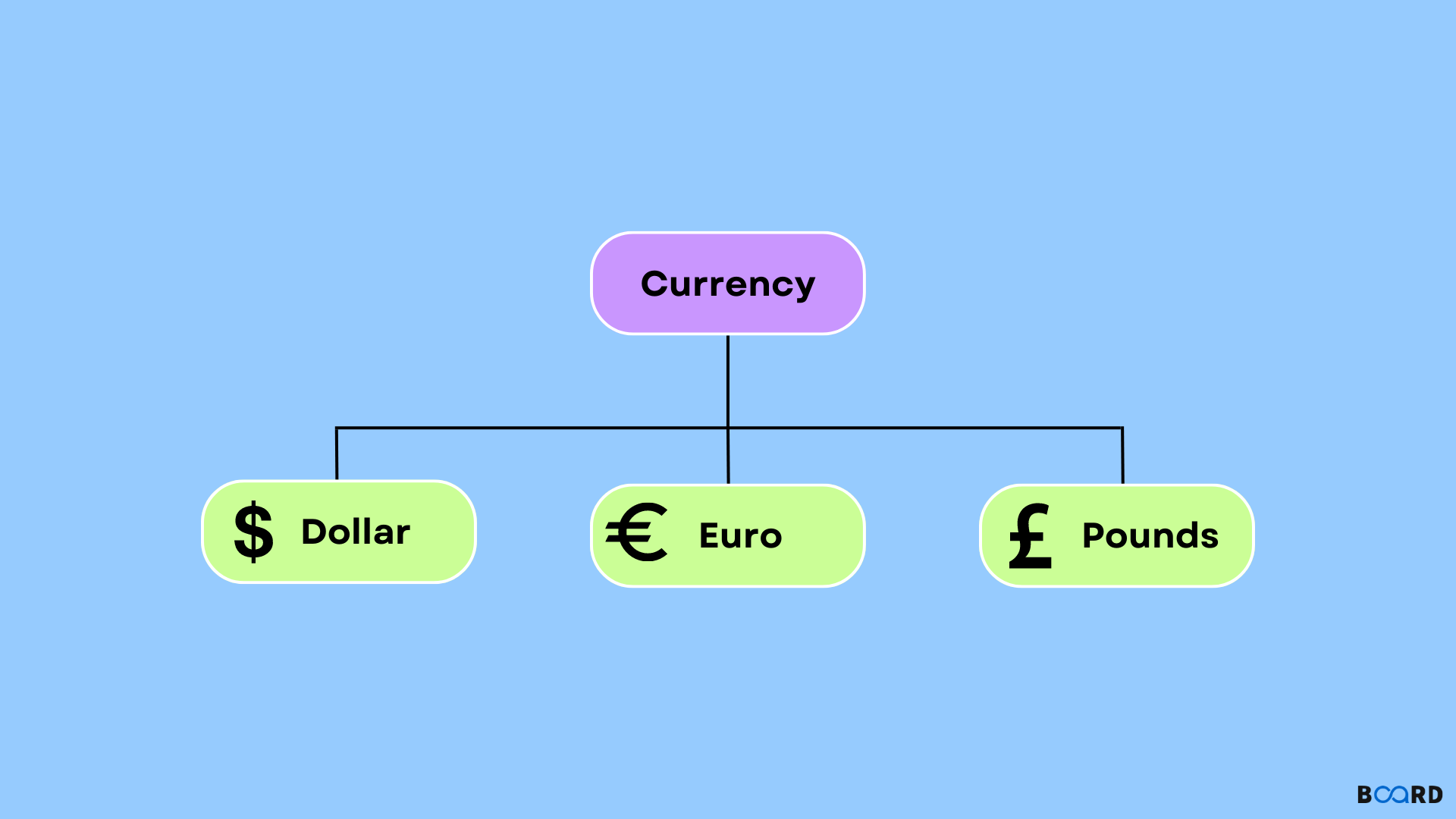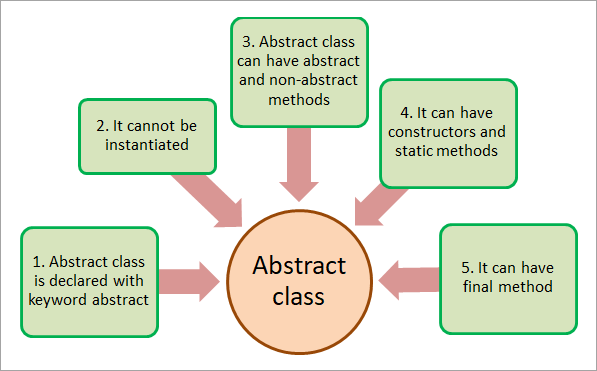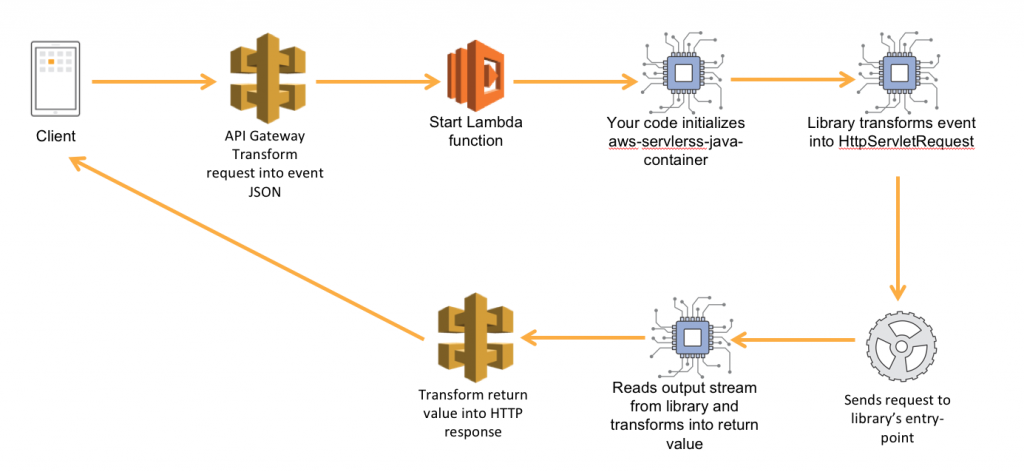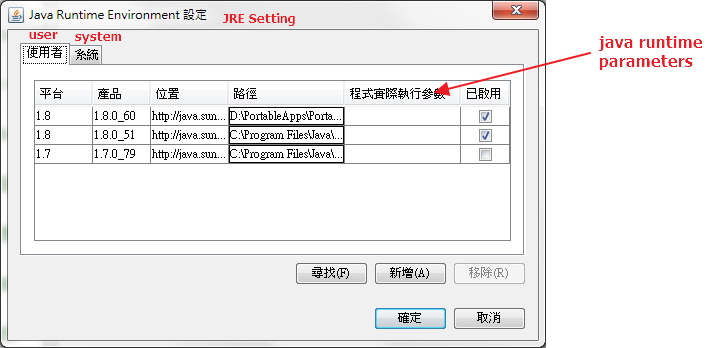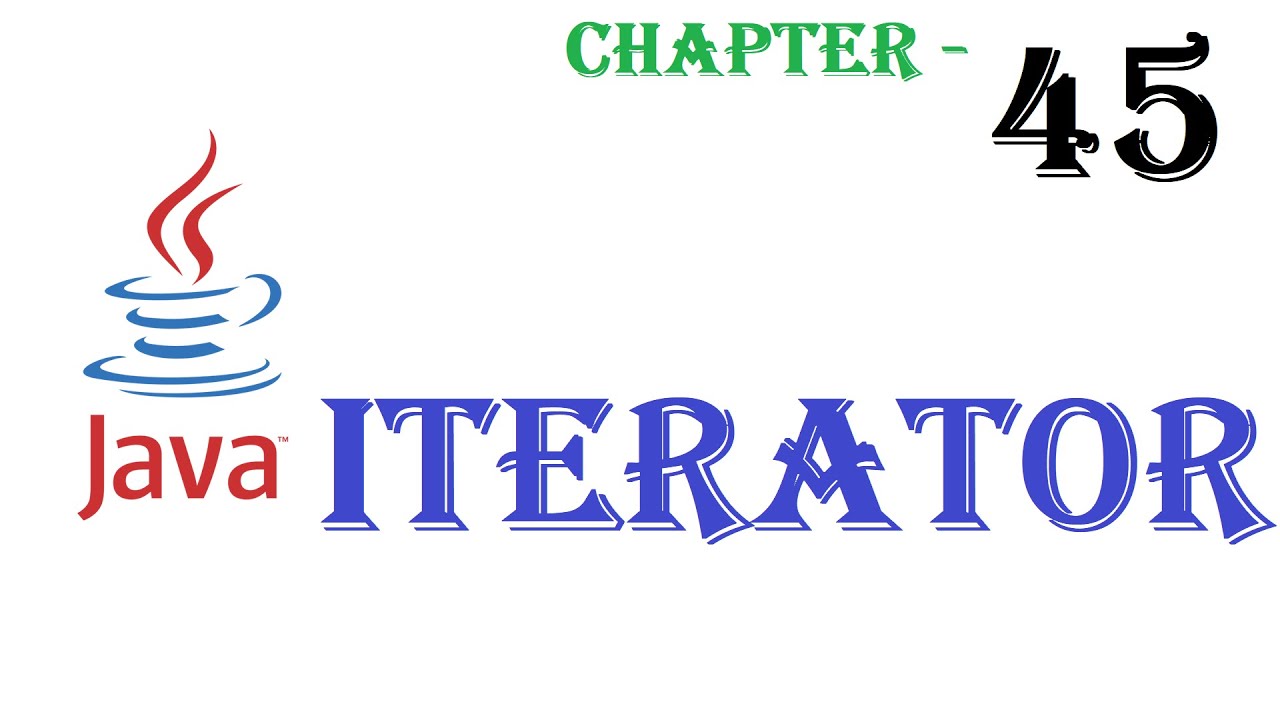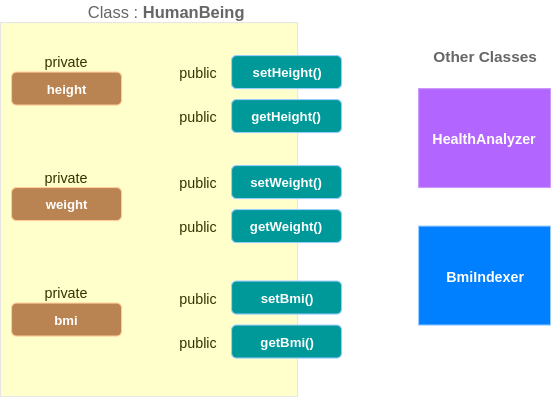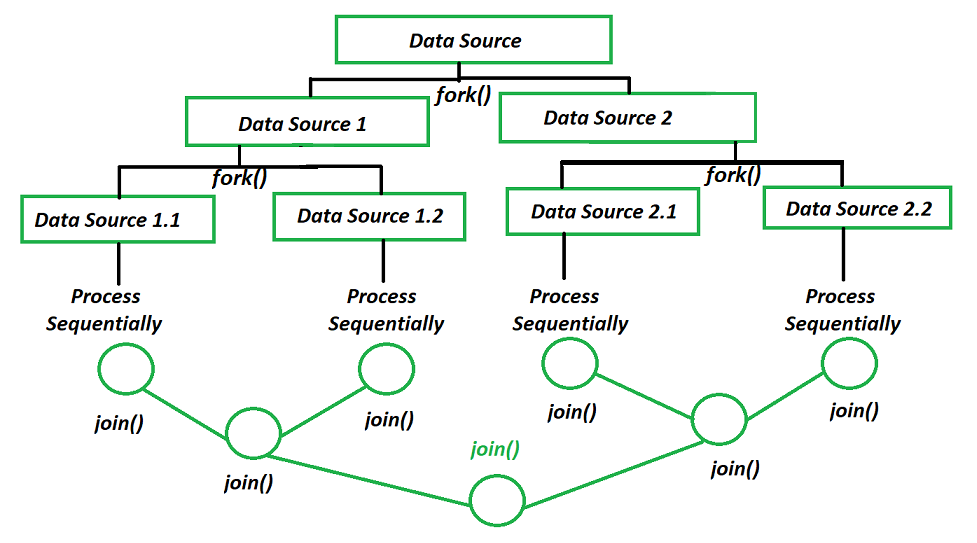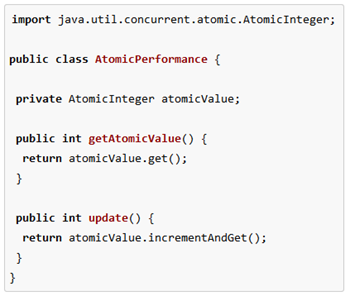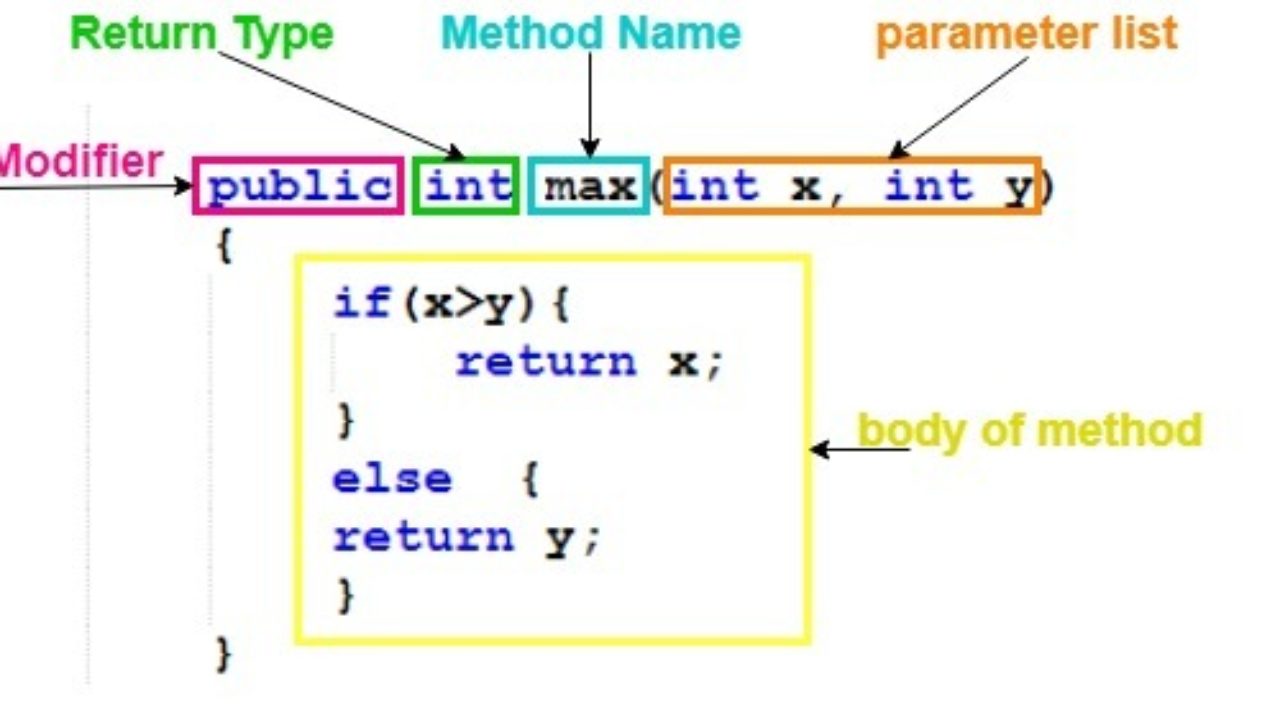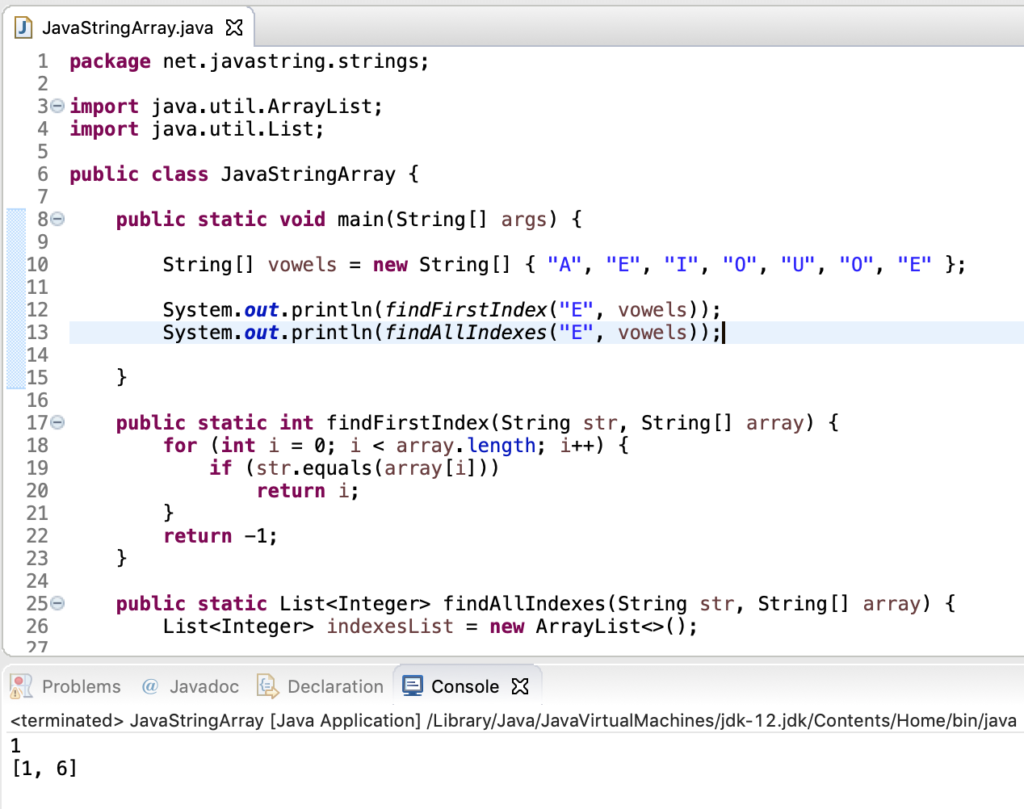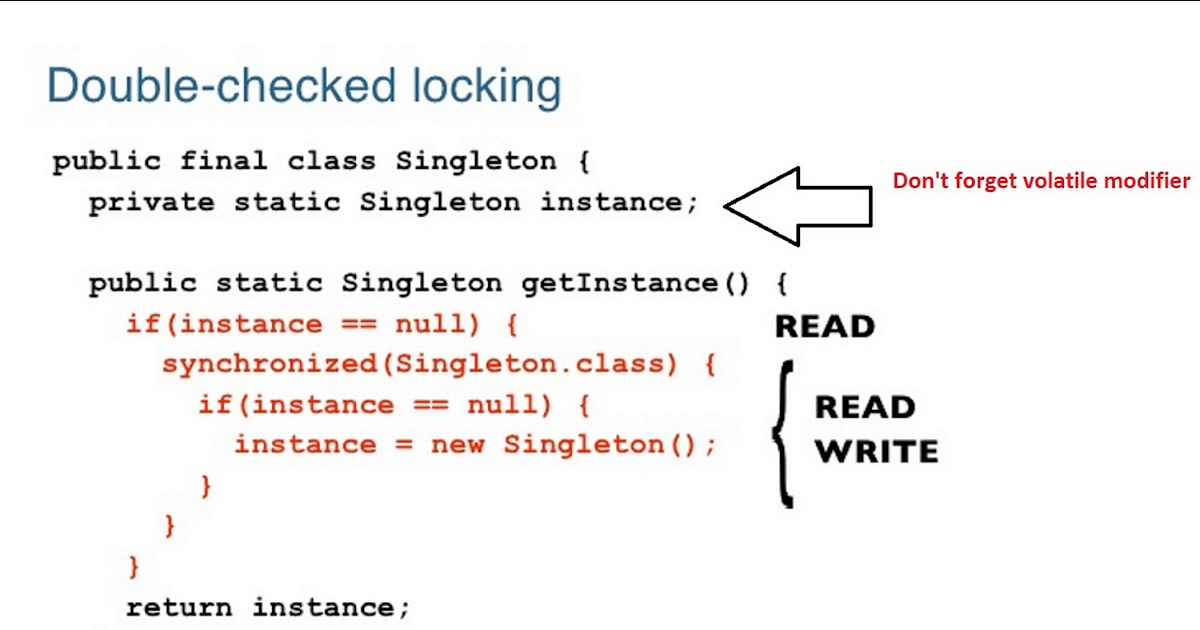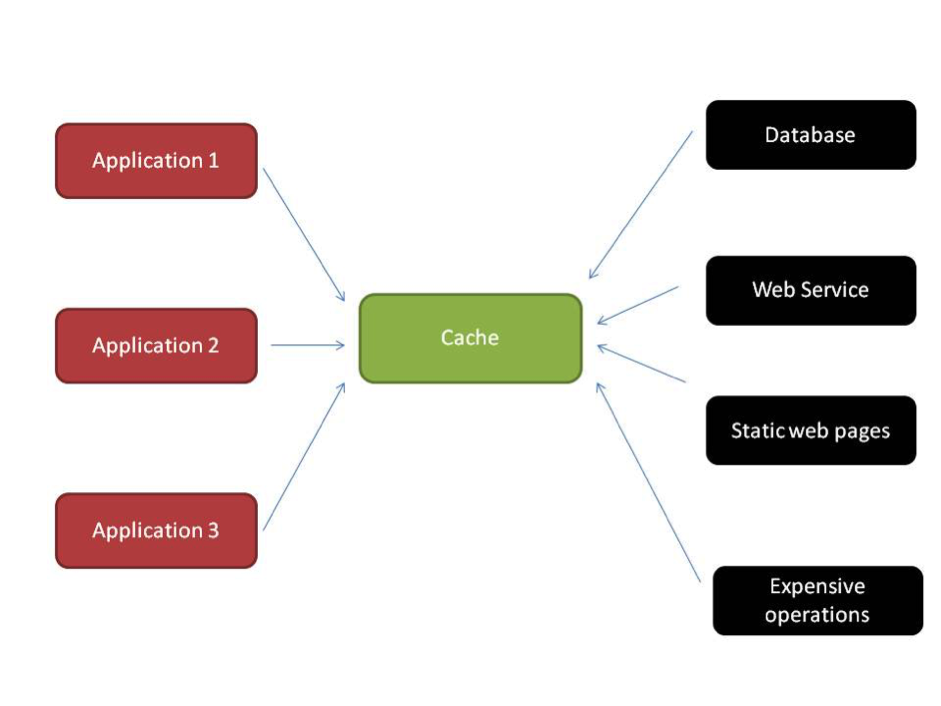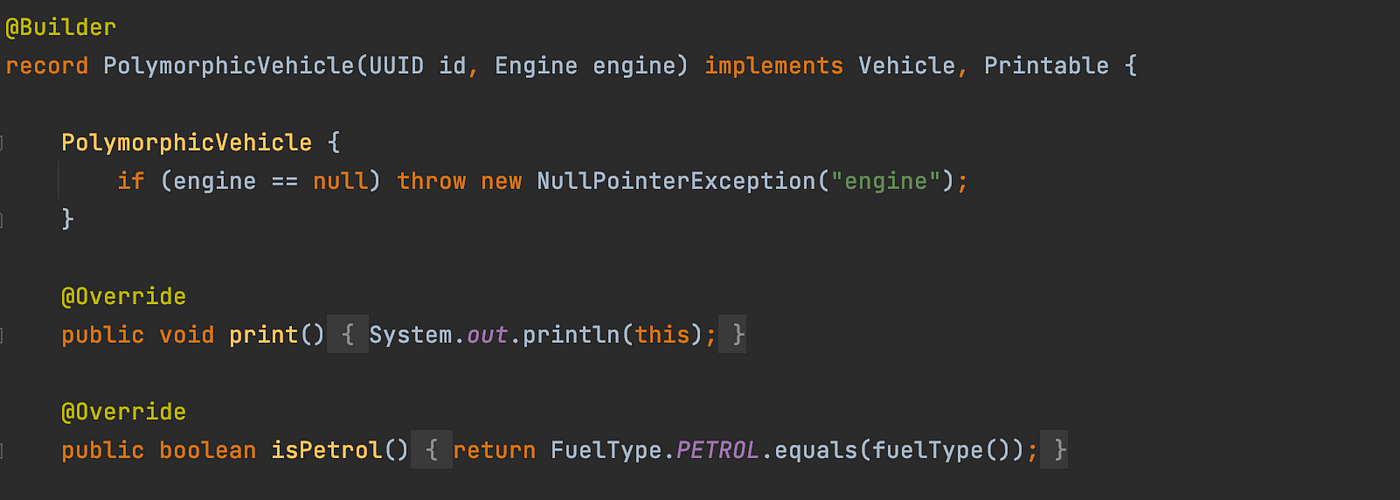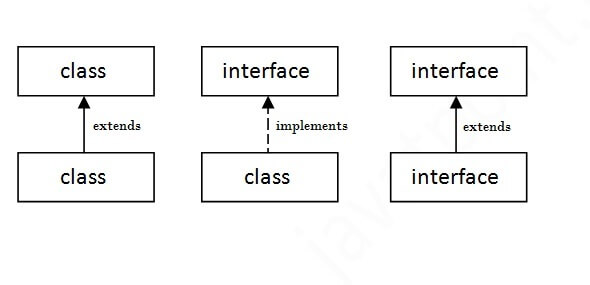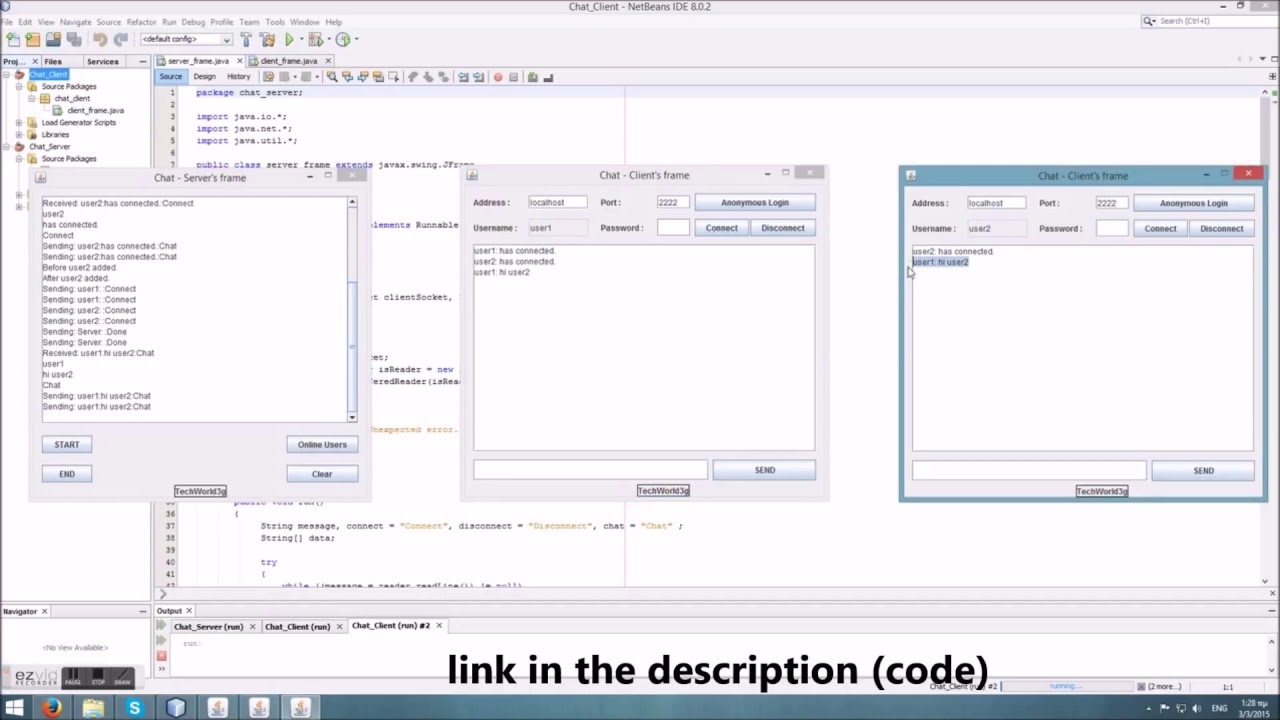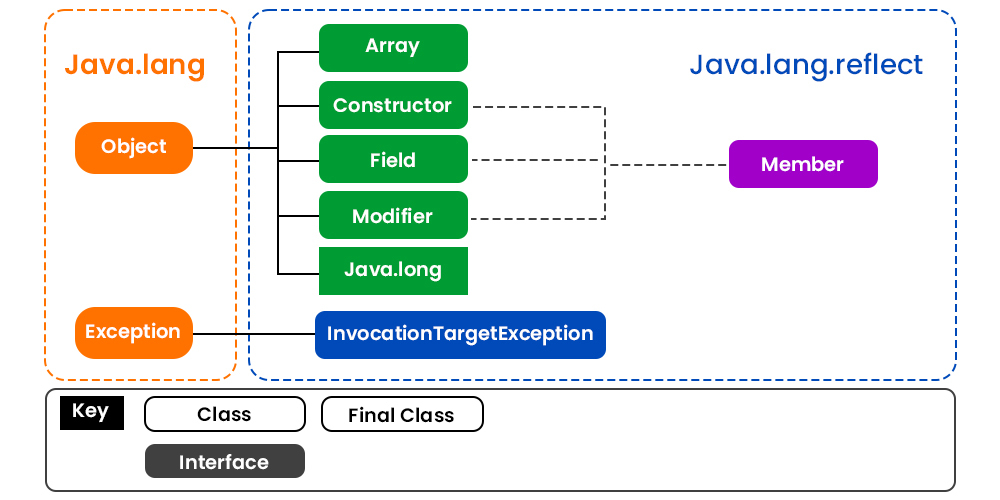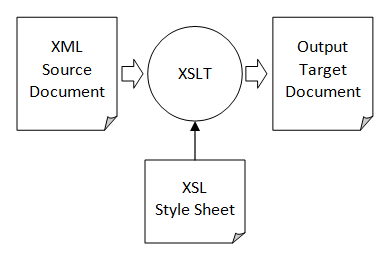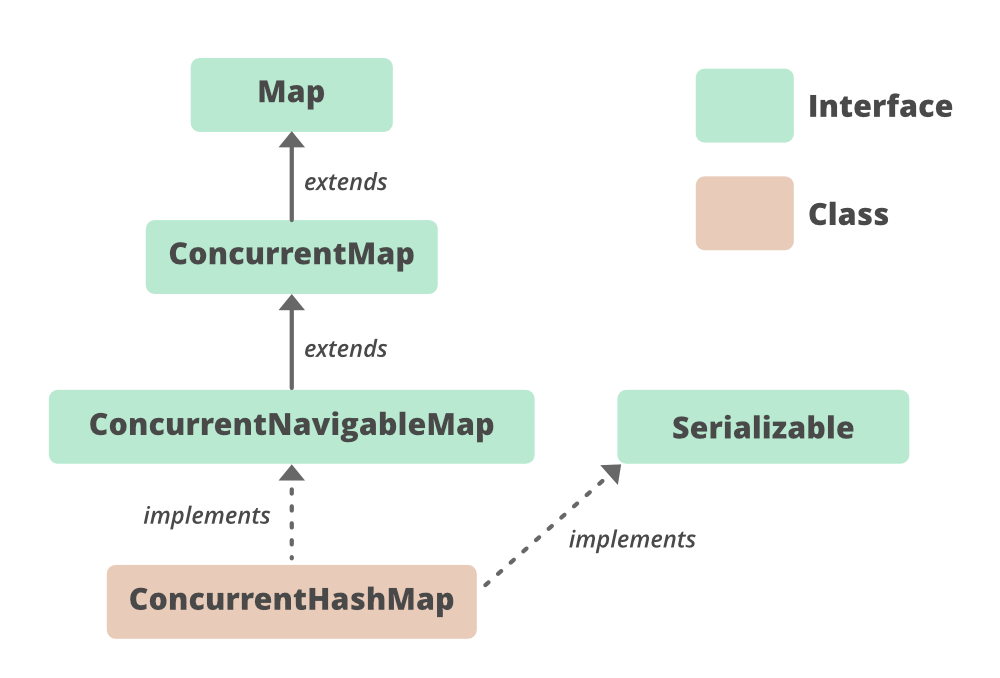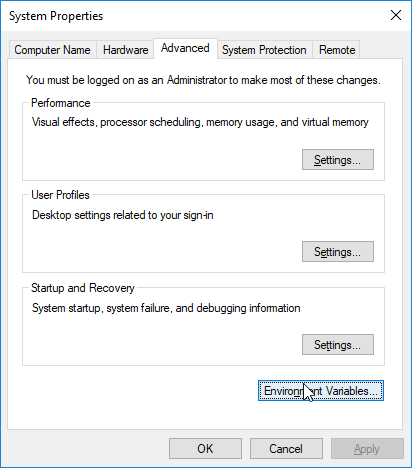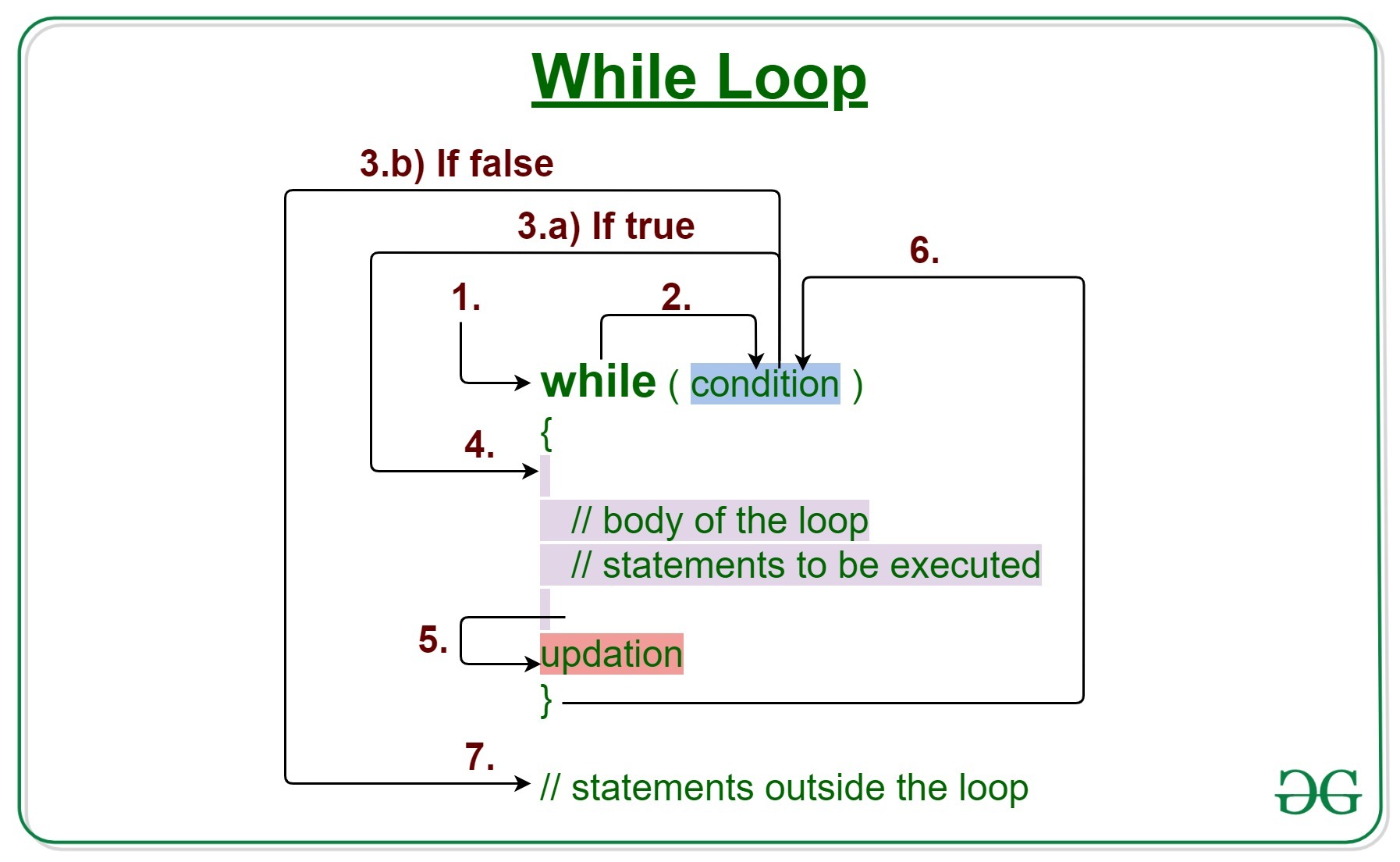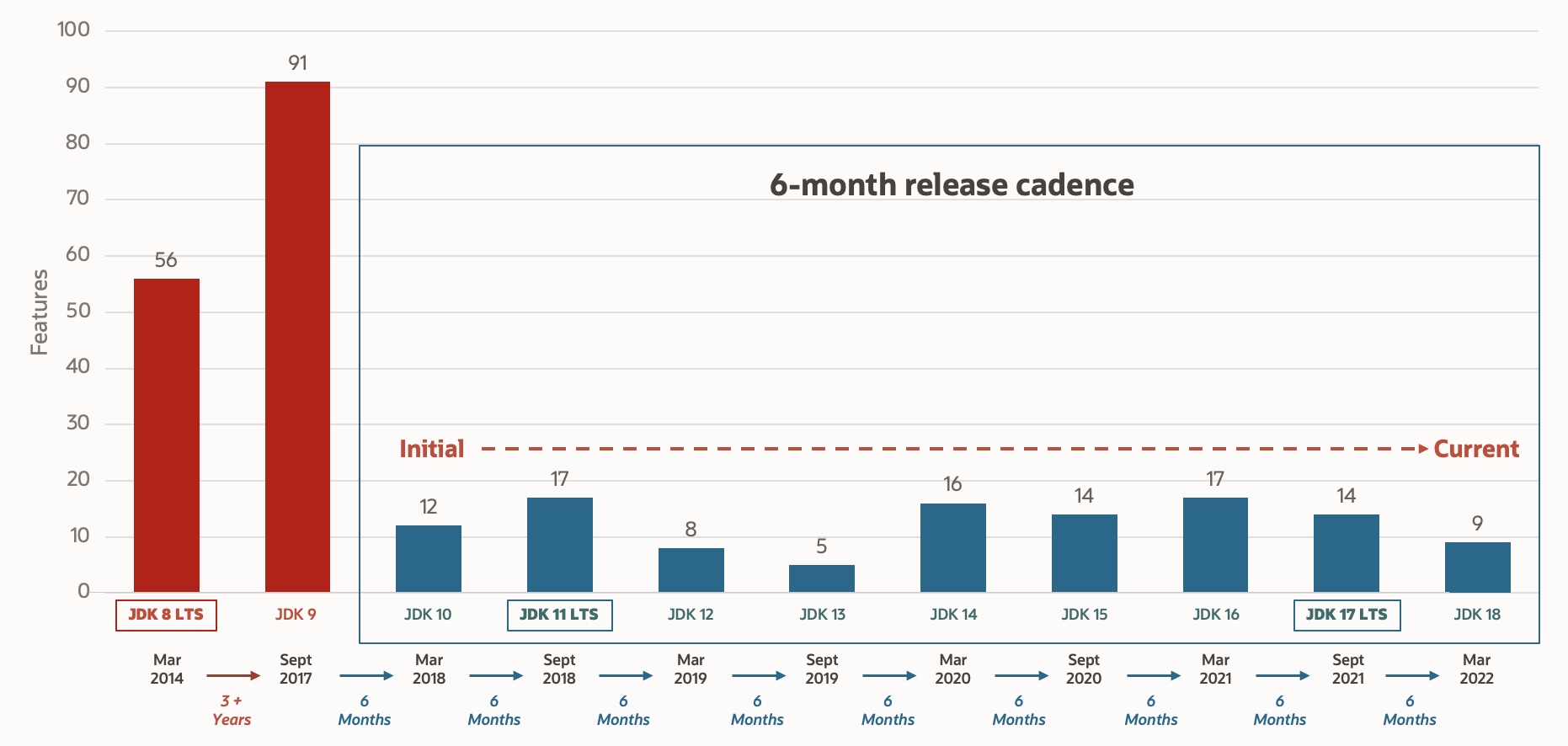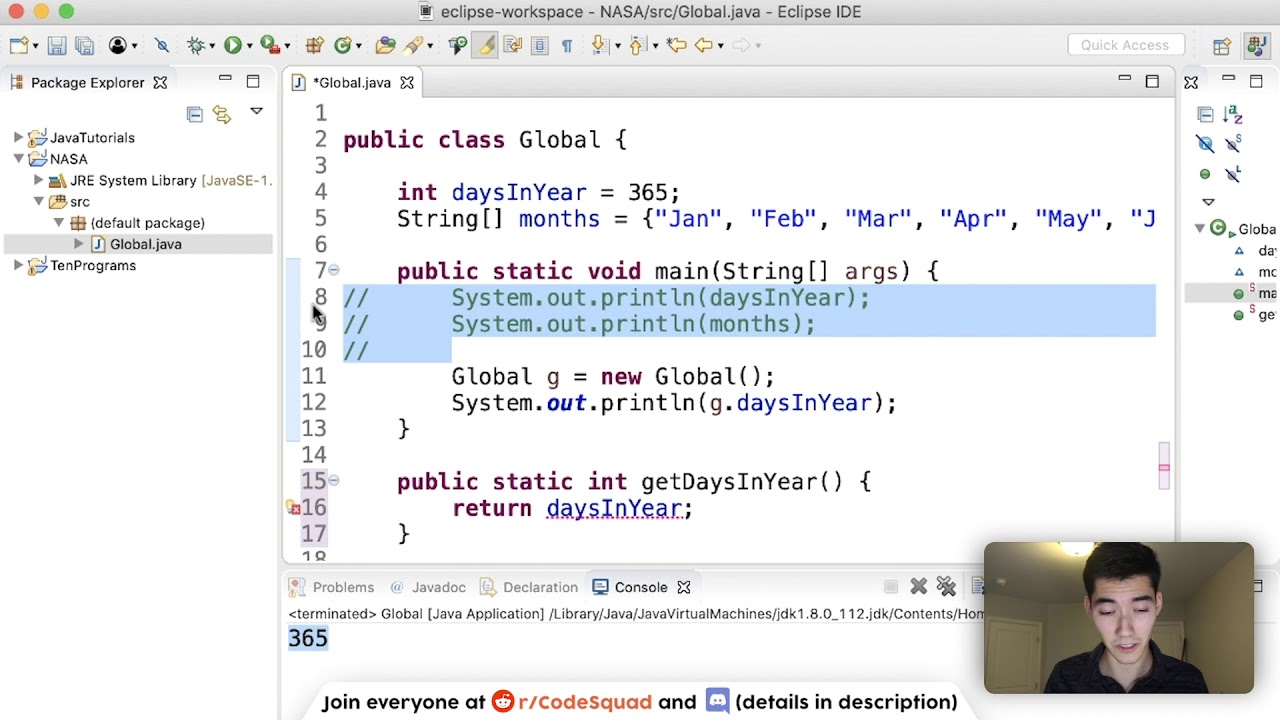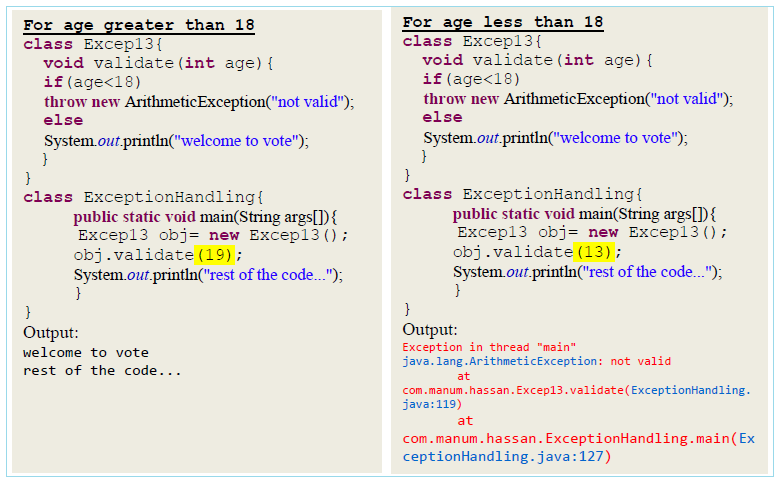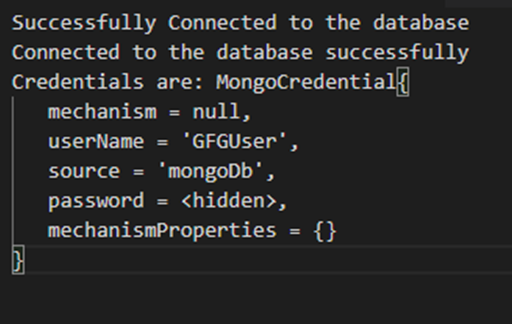encapsulation in java
encapsulation in java
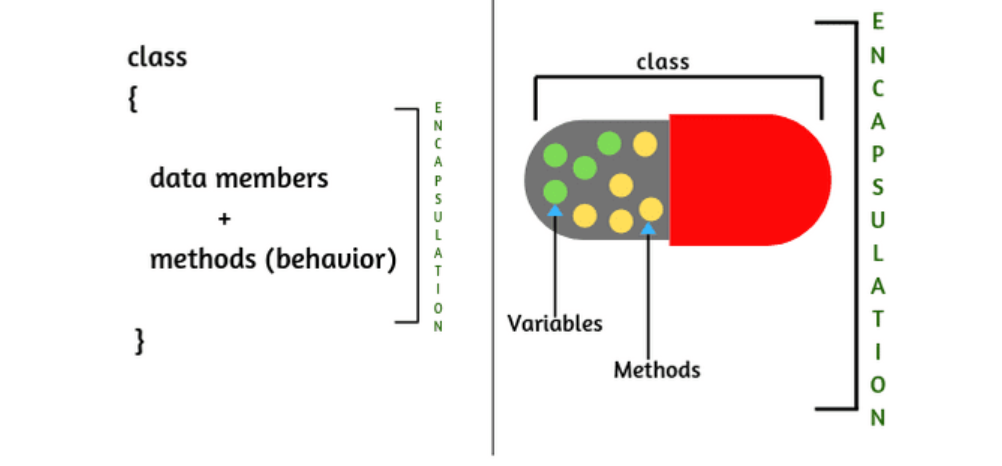
Here's a comprehensive explanation of encapsulation in Java, along with an example code snippet:
What is Encapsulation?
Encapsulation is a fundamental concept in object-oriented programming (OOP) that helps to hide the implementation details of an object from the outside world. In other words, it's a mechanism that binds together the variables and methods that operate on those variables, and makes them accessible only through a controlled interface.
Why is Encapsulation Important?
Encapsulation provides several benefits:
Data Hiding: By making the internal state of an object private or protected, you can control how it's accessed and modified. Abstraction: Encapsulation helps to abstract away the internal implementation details, allowing users to interact with the object without knowing the specifics. Improved Code Organization: Encapsulating data and behavior within a single unit (the class) makes the code more organized, maintainable, and easier to extend.Example Code:
Let's consider a simple example of encapsulation in Java. Suppose we have a BankAccount class with attributes like balance, accountNumber, and methods for depositing and withdrawing funds:
public class BankAccount {private double balance; // encapsulated variable
private int accountNumber;
public BankAccount(int accountNumber) {
this.accountNumber = accountNumber;
balance = 0.0; // initialize the balance to zero
}
public void deposit(double amount) {
balance += amount;
}
public void withdraw(double amount) {
if (balance >= amount) {
balance -= amount;
} else {
System.out.println("Insufficient funds!");
}
}
public double getBalance() {
return balance; // expose the balance for retrieval
}
}
In this example:
Thebalance variable is encapsulated within the BankAccount class, making it inaccessible from outside. The constructor initializes the accountNumber and sets the initial balance to zero. The deposit() and withdraw() methods operate on the internal state of the object (the balance) without exposing it directly. The getBalance() method allows users to retrieve the current balance, but not modify it directly.
Key Points:
Thebalance variable is private, making it inaccessible from outside the class. The deposit() and withdraw() methods encapsulate the internal state of the object, controlling how the balance is modified. The getBalance() method provides a controlled interface for retrieving the current balance.
By encapsulating the data and behavior within the BankAccount class, we've created a more organized, maintainable, and secure implementation that's easy to extend and reuse in other parts of our program.
Java abstraction example
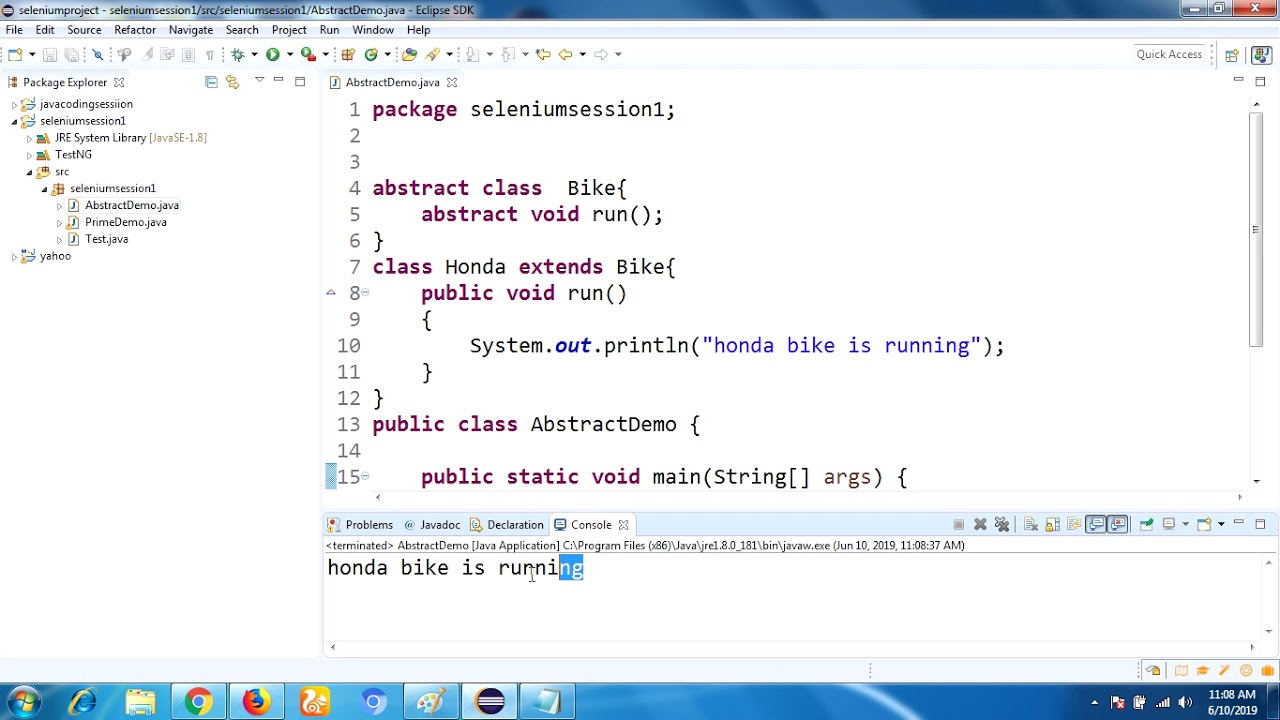
Here is an example of abstract class and interface in Java:
// Abstract Classabstract class Animal {
abstract void makeSound();
public void eat() {
System.out.println("Eating...");
}
}
class Dog extends Animal {
@Override
void makeSound() {
System.out.println("Woof!");
}
}
class Cat extends Animal {
@Override
void makeSound() {
System.out.println("Meow!");
}
}
// Interface
interface Flyable {
void fly();
}
class Bird implements Flyable {
public void fly() {
System.out.println("Flying...");
}
}
public class Main {
public static void main(String[] args) {
Animal myDog = new Dog();
Animal myCat = new Cat();
myDog.makeSound(); // Output: Woof!
myDog.eat(); // Output: Eating...
myCat.makeSound(); // Output: Meow!
myCat.eat(); // Output: Eating...
Bird myBird = new Bird();
myBird.fly(); // Output: Flying...
}
}
In the above code, Animal is an abstract class. It has two methods, makeSound() which is declared as abstract, meaning it should be implemented by its subclasses. The other method, eat(), is a concrete method and can be used directly.
The Dog and Cat classes extend the Animal class. They must implement the abstract makeSound() method with their own version.
The Flyable interface has one method, fly(). This is also an interface which declares that any class implementing this should have a method named fly(), but does not provide an implementation for it.
The Bird class implements the Flyable interface and provides its own implementation of the fly() method.
